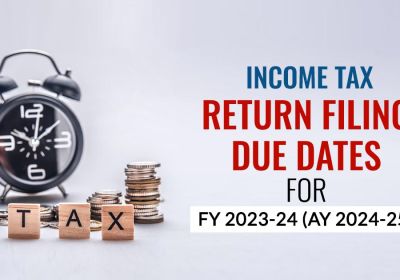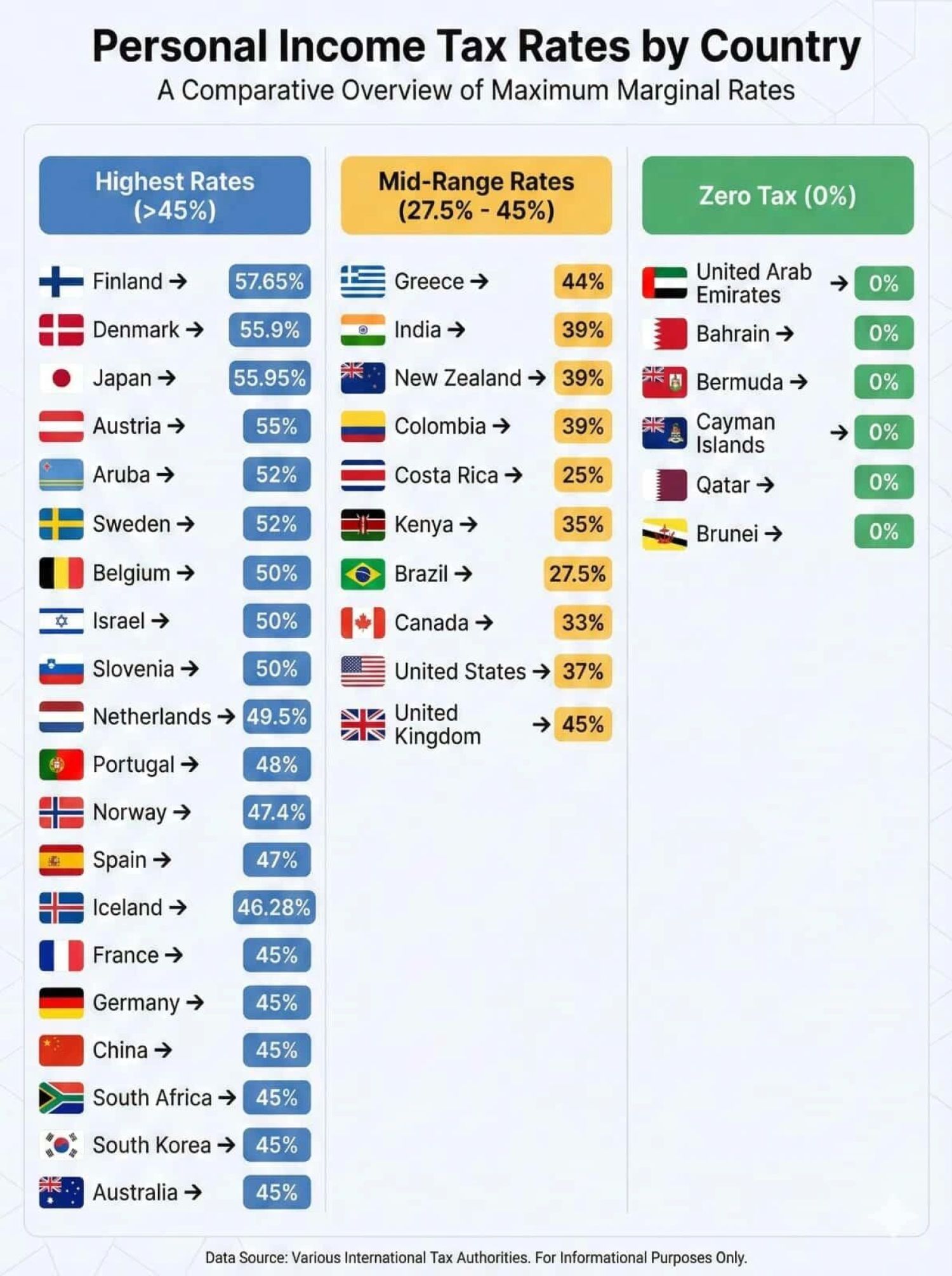Table of Contents

How to Handling negative IGST liability under the GST System in India
the mechanism for handling negative IGST (Integrated Goods and Services Tax) liability under the GST (Goods and Services Tax) system in India. When the tax amount of credit notes (CGST+SGST/IGST) exceeds the tax amount of outward supplies (CGST+SGST/IGST), resulting in a negative liability, the GST Portal maintains this in a Negative Liability Statement.
How to adjust this negative GST liability:
Automatic Adjustment: The balance in the Negative Liability Statement will be automatically adjusted against the liability of subsequent tax periods. This means that any excess credit from previous periods will be utilized to offset future tax liabilities.
By managing negative liabilities in this way, the GST system aims to ensure that businesses maintain compliance while also streamlining the tax process.
Step-by-step guide to viewing the Negative Liability Statement on the GST Portal:
- you needed to Log in to the GST Portal using your valid credentials.
- Next step after logging in, locate the "Services" tab on the portal's dashboard. Click on it to reveal a dropdown menu.
- From the dropdown menu, click on "Ledgers." This should open up a submenu.
- Within the submenu, look for and click on the "Negative Liability Statement" option. This action should direct you to a new page or section specifically for managing negative liabilities.
- Once you're in the Negative Liability Statement section, you'll likely find options to specify the period for which you want to view the statement. Use the calendar provided to select the "From" and "To" dates that correspond to the period you're interested in.
- After selecting the appropriate date range, there should be a "SEARCH" button or a similar option. Click on it to initiate the search process.
Following these steps should allow you to access and review the Negative Liability Statement on the GST Portal, providing you with insights into any negative liabilities and their corresponding adjustments.
Amendment in GSTR-3B: Auto-Adjustment of Negative Liability
The recent amendment to Form GSTR-3B, which allows the negative liability of a previous tax period to be auto-adjusted against the tax payable for the current tax period, is indeed a significant relief for taxpayers. This amendment in GSTR-3B is a positive step towards enhancing the ease of doing business and simplifying the tax compliance process for GST taxpayers in India. By automating the adjustment of negative liabilities, the amendment not only provides significant relief to taxpayers along with promotes accuracy & efficiency in tax administration. Amendment in GSTR-3B & its implications:
- Negative Liability: This occurs when the tax paid by the taxpayer in a particular period exceeds the actual tax liability, resulting in a credit that can be used in subsequent periods. Earlier, taxpayers had to manually adjust this negative liability against their tax liabilities in the subsequent tax periods, which could be cumbersome and prone to errors.
- Auto-Adjustment Feature: The negative liability from previous tax periods will now be automatically adjusted against the tax payable for the current tax period in Form GSTR-3B. This feature eliminates the need for manual tracking and adjustment of the negative liability, reducing the administrative burden on taxpayers.
- Impact on Taxpayers: The auto-adjustment simplifies the filing process, making it more user-friendly and reducing the scope for errors. Automatic adjustments ensure that the credits are accurately applied, preventing discrepancies that could arise from manual adjustments. This change aids in maintaining compliance as taxpayers are less likely to miss out on claiming the benefits of negative liabilities.
















